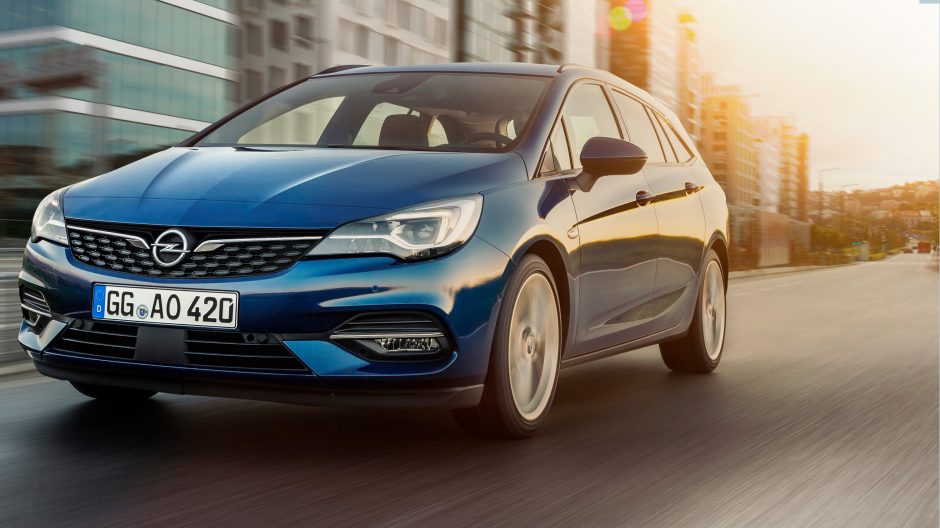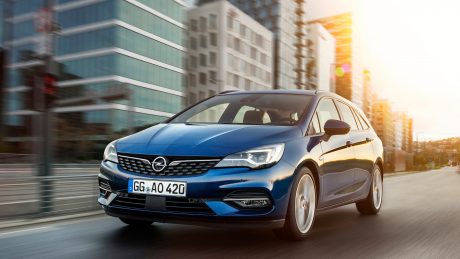- In neuem Glanz: Der Opel Astra bekommt unter anderem eine neue Motorengeneration und erreicht neue Bestwerte für niedrigste Luftwiderstandswerte.
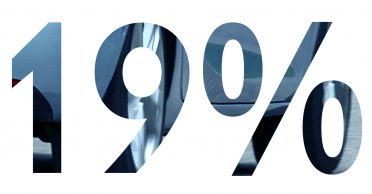
less Co2
Der Opel Astra setzt neue Maßstäbe in puncto Effizienz und niedriger Emissionen. Vergleicht man die Verbrauchsdaten der neuen Benziner mit 110 PS, 130 PS und 145 PS mit den entsprechenden Motoren der Vorgängergeneration, so reduziert sich der CO2-Ausstoß um bis zu 19 Prozent. Bei den neuen Dieselmotoren (105 PS und 122 PS) sinken die Verbrauchs- und CO2-Werte um bis zu 17 Prozent.
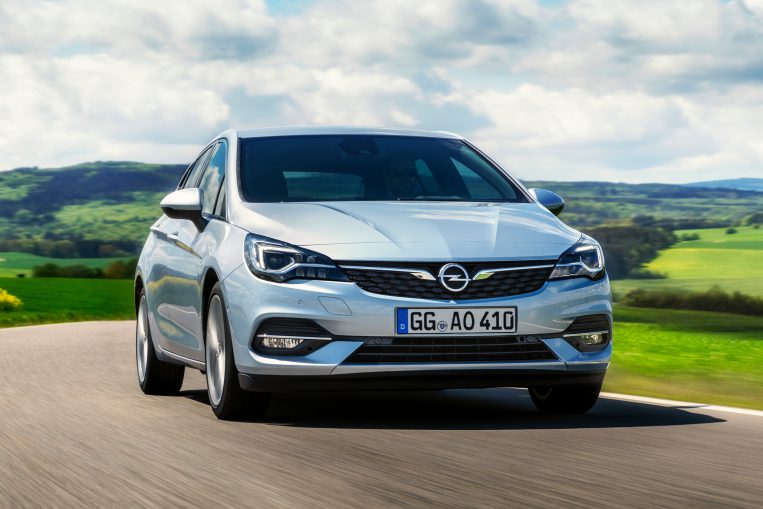
„European Car of the Year 2016“: The current Astra generation already ushered in a new era at its premiere.
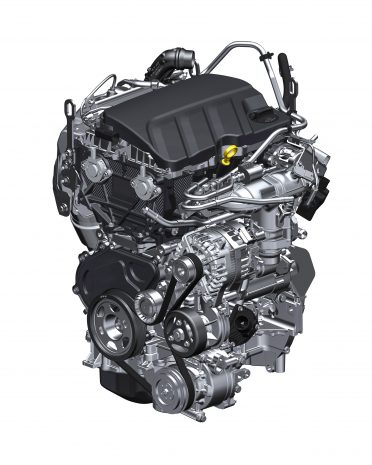
Efficient: The compact, three-cylinder, turbo petrol units are available with 1.2 and 1.4-litre displacements (photo: 1.2 litre). The output ranges from 110 hp to 145 hp and the maximum torque from 195 to 236 Newton metres.

new engines
One of the factors responsible for the lower emissions is the new generation of extra-efficient and lightweight gasoline and diesel engines, which already have six-speed manual transmissions as standard in their basic versions.
The 1.2-1.5-litre three-cylinder power units produce 105hp to 145hp, making both the Astra five-door and Sports Tourer real fuel-saving and CO2 champions. With these all-aluminium engines, the Astra five-door and Sports Tourer become real champions in fuel economy and CO2 (NEDC1 fuel consumption: urban 6.1-4.5 l/100 km, extra-urban 4.0-3.1 l/100 km, combined 4.8-3.6 l/100 km, 115-96 g/km CO2; WLTP2 combined: 5.9-4.4, 139-117 g/km CO2; preliminary figures).
![]()
![]()

Cd
The intensive development work in the wind tunnel has also contributed to the lower emissions: At 0.25 Cd, the Sports Tourer belongs to the estate cars with the lowest drag coefficient in the world, while the five-door leads the hatchback class at 0.26 Cd.
The aero-benchmarks have been achieved through numerous measures, including an engine compartment cover, deflector-shaped rear axle control arms and a full-face shutter. The upper and lower portions of the new Astra’s radiator grille automatically open and close independently of one another, further improving the frontal airflow. The underbody optimisation improves the drag coefficient by reducing turbulence.
![]()
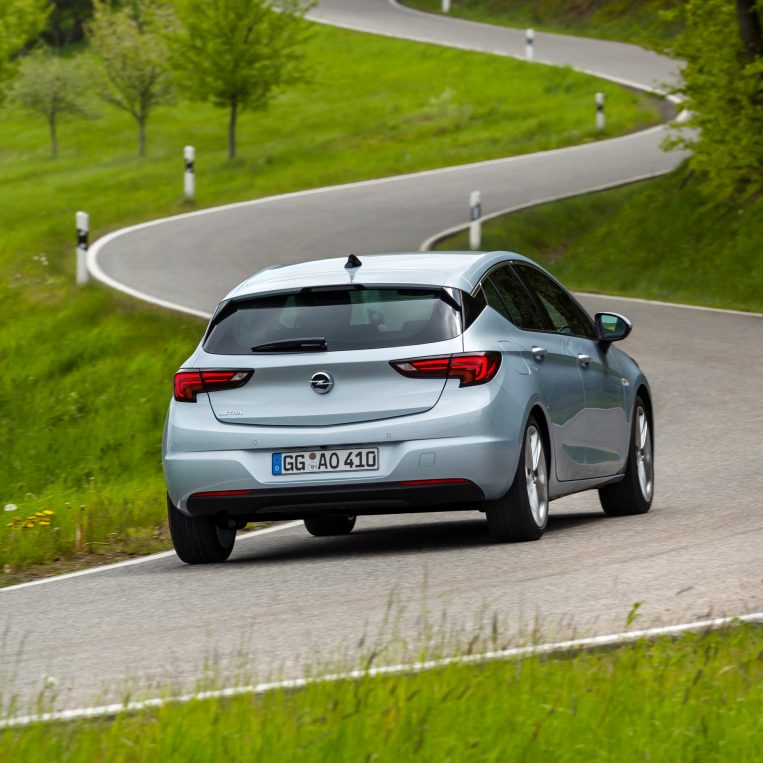
Stable lateral position: The new Astra provides new shock absorbers and the optional sports chassis features stiffer dampers, a more direct steering and a Watts link at the rear axle.
As a special highlight, the more powerful 1.5-litre turbo diesel engine can also be combined with a new seamless shifting of a new nine-speed automatic transmission, which is making its debut at Opel in the Astra.
Typical for Opel is the excellent transient throttle response of the petrol engines: When accelerating at 1,500 rpm, 90 per cent of the maximum torque is already available within 1.5 seconds of flooring the accelerator.The Astra’s 1.5-litre, three-cylinder diesel engines paint the same positive picture while offering maximum torque of 260 to 300Nm of torque, depending on the power stage.
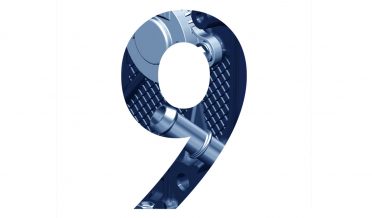
speed Automatic
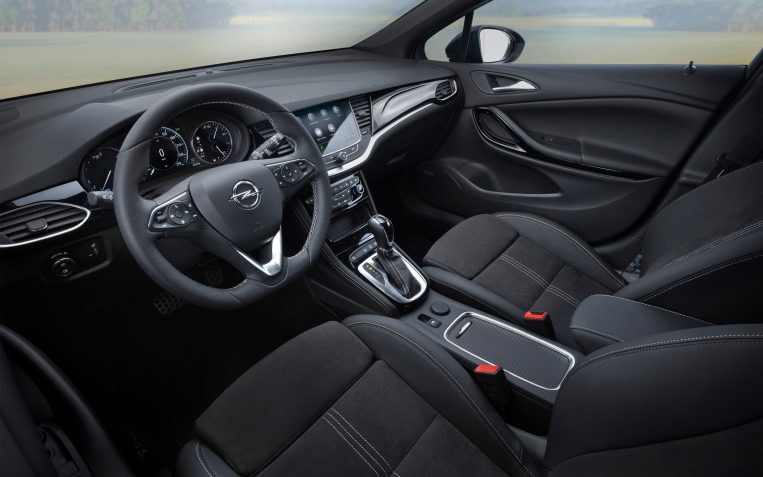
Even more comfort: In addition to numerous well-known features, the Astra now also offers wireless charging for smartphones, a new front and rear view camera and a heated windscreen.
look
Most striking features of the new Astra front are the radiator grille, which now features a 3D look, and a single chrome element that continues the light signature.
The front apron now has larger recesses for the fog lights and redesigned air intakes.
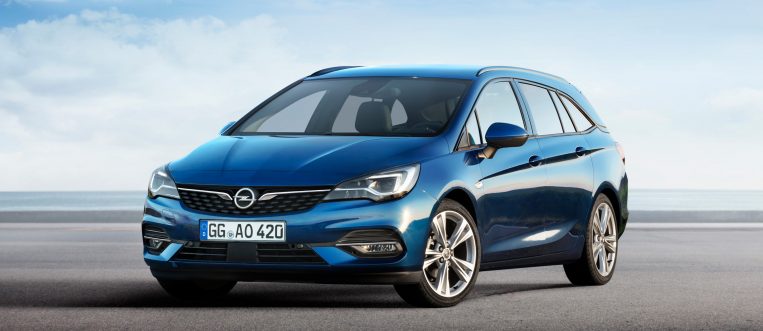
Shines among other things with new engines and top technologies: The new Opel Astra.
[1]The fuel consumption and CO2 emissions figures mentioned are determined according to the new World Harmonised Light Vehicle Test Procedure WLTP (Regulation EU 2017/948), and the relevant values are translated back into NEDC to allow the comparability with other vehicles. Please contact your dealer for the latest information. The values do not take into account in particular use and driving conditions, equipment or options and may vary depending on the format of tires.
[2] The fuel consumption and CO2 emissions figures mentioned comply with the WLTP homologation (regulation EU 2017/948). From 1 September 2018, new vehicles are type-approved using the World Harmonised Light Vehicle Test Procedure (WLTP), which is a new, more realistic test procedure for measuring fuel consumption and CO2 emissions. The WLTP fully replaces the New European Drive Cycle (NEDC), which was the test procedure used previously. Due to more realistic test conditions, the fuel consumption and CO2 emissions measured under the WLTP are in many cases higher compared to those measured under the NEDC. The fuel consumption and CO2 emissions figures may vary depending on specific equipment, options and format of tires.
July 2019
